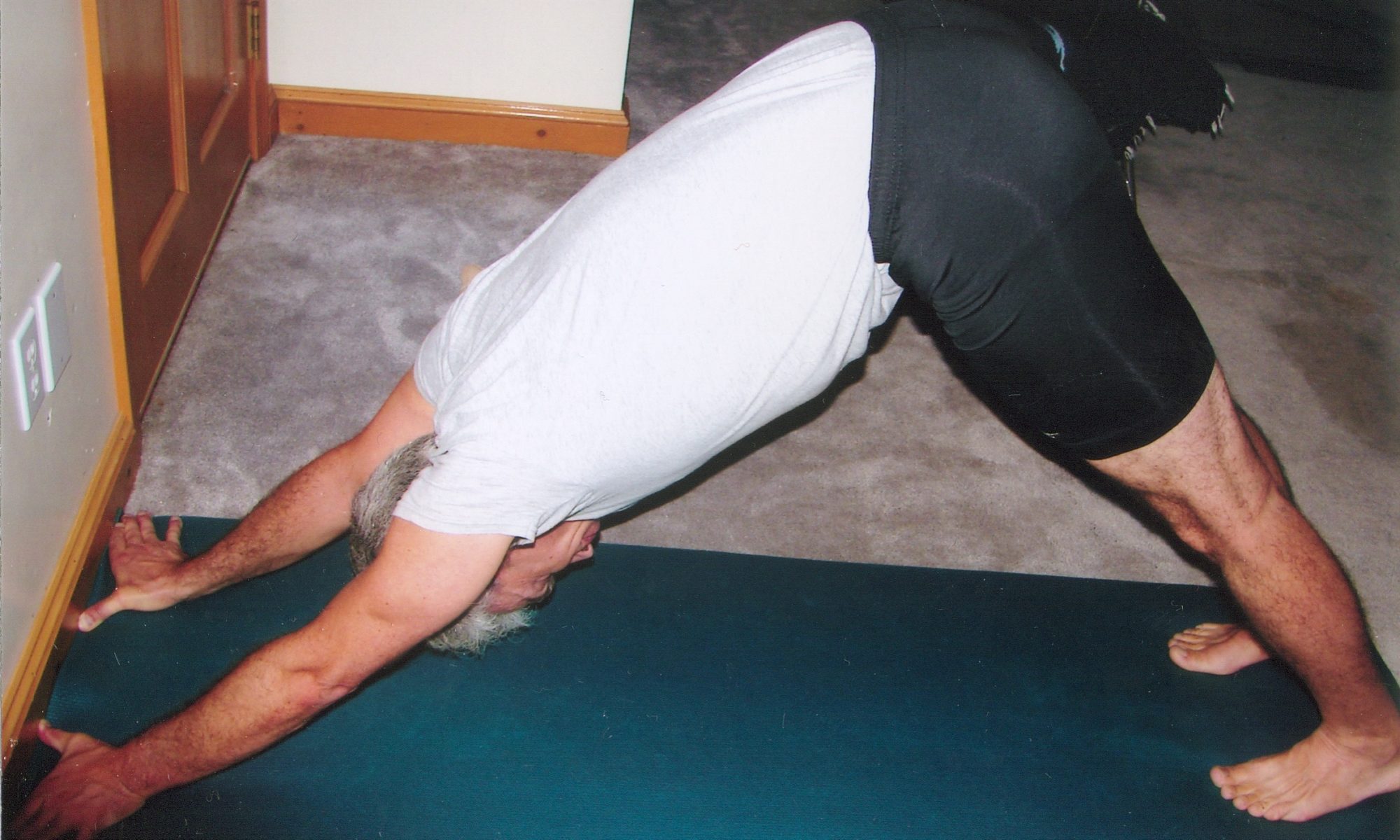In response to a Yoga Journal post about the yamas and niyamas (classical yoga’s code of personal conduct, or “ten commandments”), I indicated that they are found in second half of Chapter 2 of Patanjali’s Yoga Sutras – the chapter that stresses the importance of preparation when it comes to meditation.
In trying to make the point that they are critical to the preparation process, I indicated that the yamas and niyamas account for the bulk of the second half of Chapter 2 [specifically, they account for ~60% of Patanjali’s eight-limbed discipline; posture, breathing, concentration, and meditation each account for ~10%].
But in making the point, I gave short shrift to the first half of Chapter 2 by saying it focuses on the importance of the attitude we bring to our practice – indicating it’s hard to affect change in our behavior without motivation or intent.
The first half of Chapter 2 is arguably more important than the eight limbs themselves. [Clearly, Patanjali thought so!] It addresses the significance, causes and cure of our own self-inflicted distress; it’s 1.5x longer than the section on the yamas and niyamas; thus, 9x longer than the section on posture!
Chapter 2 begins with The Serenity Prayer. Patanjali prioritizes the importance of mental discipline, advising us to exercise a combination of acceptance, courage and wisdom to keep the five causes of our own self-inflicted distress at bay.
The primary source of self-inflicted distress, which gives rise to the other four, is failure to distinguish between our thoughts (evidence of our mind) and our awareness OF our thoughts (evidence of our consciousness). The latter NEVER changes.
Consciousness is the only “thing” known to man that isn’t affected by the vagaries of time and space. It’s literally immutable and eternal – yet without it, we wouldn’t realize we’re alive!
Our thoughts on the other hand, like our impermanent bodies, are literally CONSTANTLY changing.
Identifying with our impermanent body/mind (i.e., failing to realize that there’s a LOT more to us than we see in the mirror and hear in our head) gives rise to the other four natural causes of self-inflicted angst: ego, attachment, hatred, and fear.
Learn to distinguish between your permanent and temporary bits and I promise you’ll smile a lot more often!
God bless, Skip




